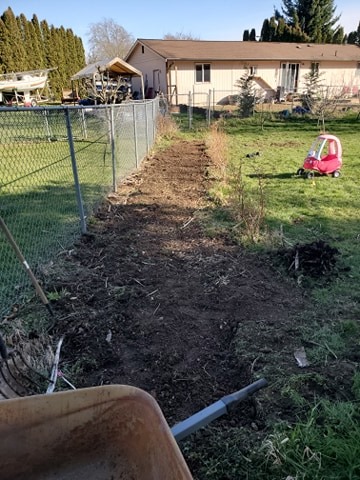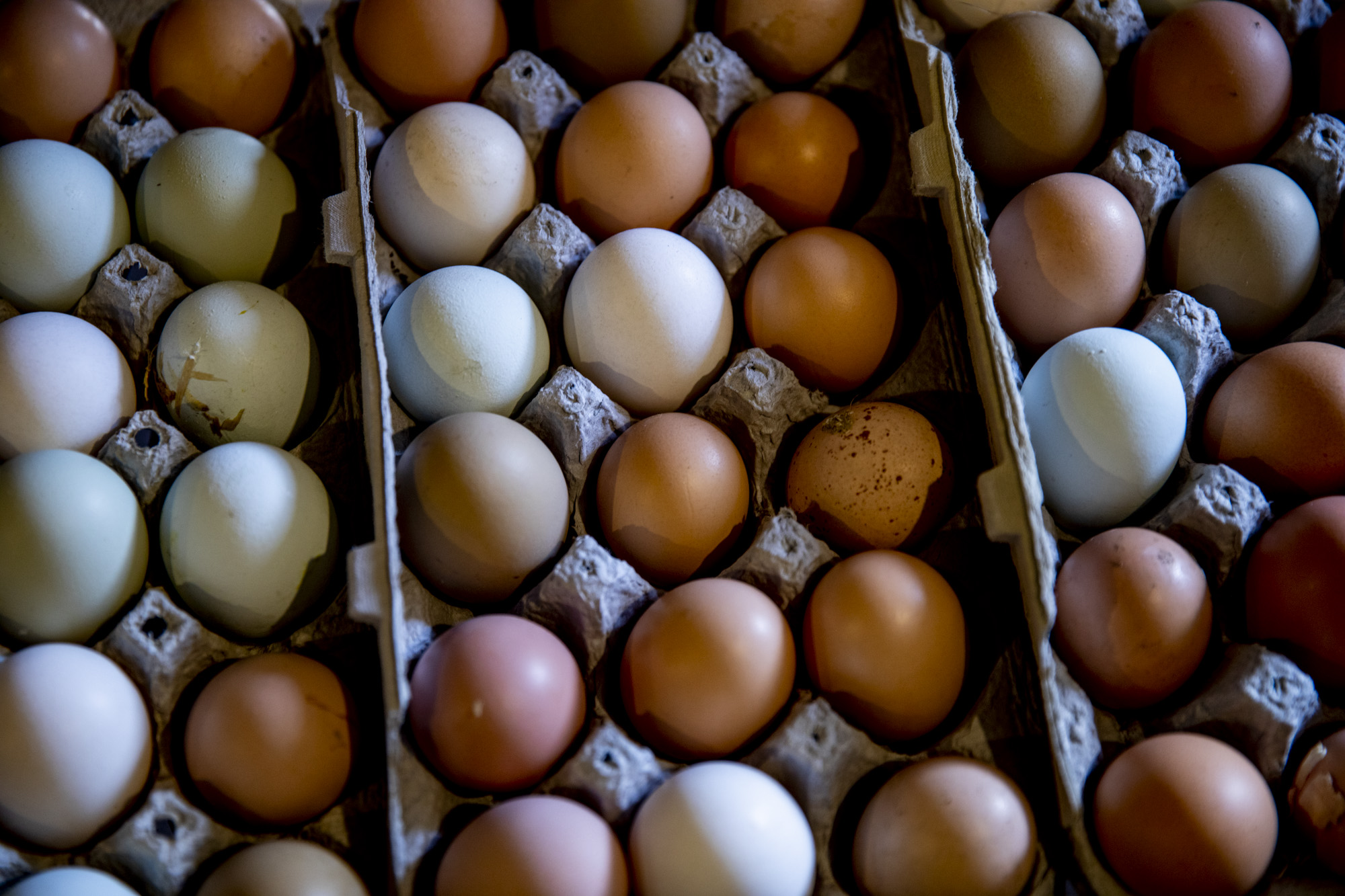While Gov. Jay Inslee says Washington’s food supply chain is sound, many local gardeners are echoing a broader national desire to be proactive during the coronavirus crisis.
“One of the positive spins of COVID-19 is the response from the community, and the need for folks to get out there and garden,” says Kenya Fredie, program supervisor of all 90 P-Patch community gardens in Seattle. “[P-Patches] are unique ways to grow your own food during these economically uncertain times. We can be social with the distancing, getting people out of isolation and into the sunshine, getting their hands in the soil.”
Gabriel Maki, owner of Swanson’s Nursery in Seattle, says he has seen an unprecedented increase in home seed deliveries and drive-up purchases, as well as a shift in customer behavior.
Seed packet sales for edible plants are up 30% to 40% for the year so far in the past few weeks alone, “which is unheard of,” Maki says. “We’ve been doing this a long time, and you don’t see any kind of bumps like that unless there’s something very unusual going on. And we can definitely feel an edibles kind of focus.”
At this time of year, he says, customers usually make woody plant purchases for summer landscaping, but instead they’re buying food plants, like tomato and cucumber seeds, and colorful flowers.
“There’s almost a [newly] discovered need, a motivation to grow more, like helping out the community or something,” he says of some customers. “Everybody wants to help out, and especially right now, when you can’t even get near people.”
Dr. Meade Krosby, a climate scientist and biologist with the University of Washington, says once the coronavirus pandemic shuttled everyone indoors, she found room among her ornamental, drought-tolerant, wildlife-conscious plants for food plants. She’s starting with a 5-by-7.5-foot plot in her backyard.
“I started thinking, ‘OK, I need to make sure we have some staples. Let’s make sure we have rice and beans and stuff,’” Krosby says. “[At PCC] they had [plantable] lettuce and kale out front, and then just this whole thing clicked into gear where I was thinking about victory gardens and I was like, ‘I need a COVID-19 victory garden.’ ”
As the daughter of a World War II history professor and granddaughter of Norwegians who kept a garden during that war, she acknowledges the war analogy isn’t perfect for our current situation. But the ideals of self-sufficiency and community speak to her now. If finding fresh foods becomes challenging, she wants to take some burden off the food system and help people with less privilege maintain access to healthy options.
“This feels like a food justice issue,” she says. “A COVID-19 victory garden is one of those individual-level things I recognize could reduce my own risk, and also potentially help reduce risks to others by opening up food supplies that might become more limited in the future.”
Even if food access doesn’t become a societywide issue, she sees channeling energy into the dirt as a productive way to handle challenging emotions.
“People need something to do … in a time when it’s easy to feel vulnerable and helpless. Much like the wartime gardens, these are really about building morale and reducing anxiety as much as actual food security,” she says. “Even if we grow one sad little potato out of this… it’s literally grounding.”

Hair stylist Christine Atwood-Altona grows berries, fruit trees, tomatoes and pumpkins in her ⅓-acre yard in Ferndale. She is newly jobless, and her garden has taken on new significance.
“It has turned my life upside down,” she says of the pandemic. “We have three children to feed and only one income now. Anything I can do to offset our food bill is going to be needed. Plus, it is something to do with my extra time.”
Now, she’s growing food in much larger quantities and introducing more varieties of vegetables, including onions, potatoes and kale. She says she shares seeds, compost, soil, mulch and other supplies with a circle of friends, and she’s organizing supply drop-off efforts for local health care workers.
“I hope more people get inspired to garden and get back in the dirt,” she says. “Our local garden store is considered an essential store [during a] full shutdown for livestock feed, so I'll have the option to always get more supplies. But as of today my children and I are staying home until we run out of food or wine.”
Sharon and Dianna Shankland work in their garden on their Stanwood farm on March 25, 2020. They're growing produce in the hopes of becoming as self-sufficient as possible. They also raise chickens, turkeys and geese for their eggs. In response to COVID-19, they are helping supply their family and friends with fresh foods. (Dorothy Edwards/Crosscut)
Sharon Shankland and her wife, Dianna Shankland, say they bought their 12-acre hobby farm near Everett in 2017 “specifically for a situation like this,” Sharon says. “We're pretty passionate about being prepared for things.”
High up on a hill, egg-producing chickens, turkeys and geese wander the property under the safe watch of a handful of muscly mastiffs. The Shanklands designed the farm to eventually sustain themselves, but the coronavirus crisis — which Dianna experiences acutely as a neonatal and pediatric respiratory therapist — drastically changed their approach.
“We've shifted from foods that we really liked and preferred to: What can we grow the most of the quickest?” Sharon says.

Fresh chicken eggs from Sharon and Dianna Shankland’s Stanwood farm. The Shanklands raise chickens, turkeys and geese for their eggs. (Dorothy Edwards/Crosscut)
They’re retrofitting a half-acre section of the farm for coronavirus defense plants: plants that grow well right now (peas), vegetables you can plant any time of year (potatoes). leafy greens that can be harvested multiple times from the same plant over many seasons (kale). staples that last for a long time without refrigeration (cabbages).
They’re focused on expanding their chicken flock and strategically harvesting eggs: They want to grow 27 chickens every 21 days to give away.
“We think that this is going to go on longer, and the food chain may be interrupted, so we just want to be prepared for that,” Sharon says. “It may not happen, there's a small chance. But wouldn't it be nice if people didn't have to [worry]?”
Update: Language was added to clarify the growing season at 7:59 a.m. on March 27, 2020; and at 1:12 p.m. on March 30, 2020, to reflect that the Shankland's own turkeys, not ducks.




